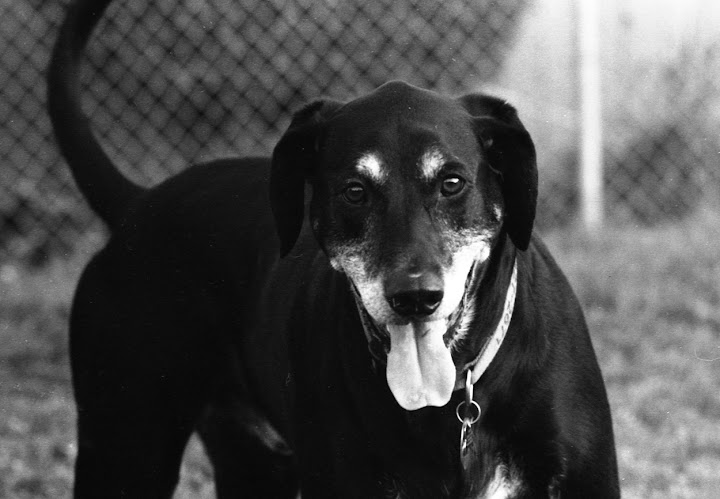 Posted: Sat Oct 22, 2011 9:44 am Post subject: Making Foma Sing Posted: Sat Oct 22, 2011 9:44 am Post subject: Making Foma Sing |
 |
|
David wrote:
I've been winding and developing bulk Foma (branded Ultrafine) 100 and 400 ISO for a couple months now. I'd been only moderately pleased with the results because I found it to be less than ideally contrasty and not as sharp on details as I'd like. However, that began to change at the Volo Auto Museum with a few good lenses and some patience. Also, it improved slightly as I've gotten better in my developing technique. But this last roll absolutely sings and I don't have any idea why anyone on the Internet would badmouth Foma or Ultrafine.
For gear, the first three shots were taken with my Minolta SRT 102 (with a non-functional light meter, so all my metering was guesswork) and one of my Celtic 135mm f2.8 lenses. I also used a yellow (Y2) filter, which probably contributed to the results. The second set of three came from my Nikon F3 with a Nikkon Non-AI 135 MM with haze. I used an orange filter (85) on this combination.
The film was Foma 400. All these have been through Photoshop only to resize them and take out a few blemishes. I did not alter contrast or gamma on any of these shots.
Also, as you'll see, the scanner that has vexed me for some time did not cause a lot of noise, indicating that the noise issue has a causal relationship with negative thin- and thickness.

Cheever is a bit of an oddity. I picked him up as a rescue because he was supposed to be a lab-pointer mix. A DNA test showed him to be a very uncommon almost-all-black Dalmatian. I just say he has one big spot.

I've never captured a photo of Hannah -- ever, with any camera or lens or medium -- where here eye details come through. And her fur is pretty detailed. And, on the downside, you can see how much tartar she has. But seriously, even her tongue texture is visible near her mouth. I haven't ever in my life been as happy with negative quality as I am with this roll of Foma. This is a fantastic film. I recognize this won't be a surprise to most of you.

I forgot to mention that Hannah is also a bit of an oddity being an all-black Rhodesian Ridgeback. About 1 in 400 Ridgebacks are born black. Hannah and her sister we both black, born to a breeder in Springfield, Missouri, who breeds black Ridgebacks. Their coloration prevents them from ever being show dogs, but she has a body much more like a classical Ridgeback than most modern show dogs. Where show dogs have lost their shoulder breadth in exchange for more Greyhound-like features, Hannah has a linebacker's build and, when motivated, and pull me (lying down) across carpet while struggling.
So those are the Minolta set. The next shots are the Nikon set (taken a day later.) You'll likely notice, first, that these shots are less contrast-rich. Since my 135 Nikkor is non-ai, I clicked the DoF preview button, took a reading into the meter memory, released the DoF preview, verified focus quickly, and snapped the shot. This made the shots a bit challenging at times, but the negatives seem to indicate that the metering was spot-on each time. Because the 135 is non-ai, this seemed to force the camera in aperture priority metering, which I preferred for this very sunny afternoon.

This shot is a bit more neutral than the previous. Most likely due to the orange filter and better metering performed by the F3 than by my guesswork. Again, though, Hannah's eye detail is very impressive.

This is a more contrast-rich shot from the F3. Cheever, since he's going gray, tends to show more contrasts on film than Hannah, whose coloration is uniform. I was surprised in this shot by the detail captured in the grass.

Lastly, a bit washed out in the bright areas, most of which are dirt.
The developer was D-76 at about 70 degrees for eight minutes. 45-second water rinse, and then a seven minute fix bath (only because I walked away from the kitchen then.
The results from the Minolta are superb, and I submit that much of that comes from the yellow filter. The orange filter on the dogs (and somewhat with the film) seemed to make the results slightly more tone-neutral.
_________________
http://www.youtube.com/user/hancockDavidM |
